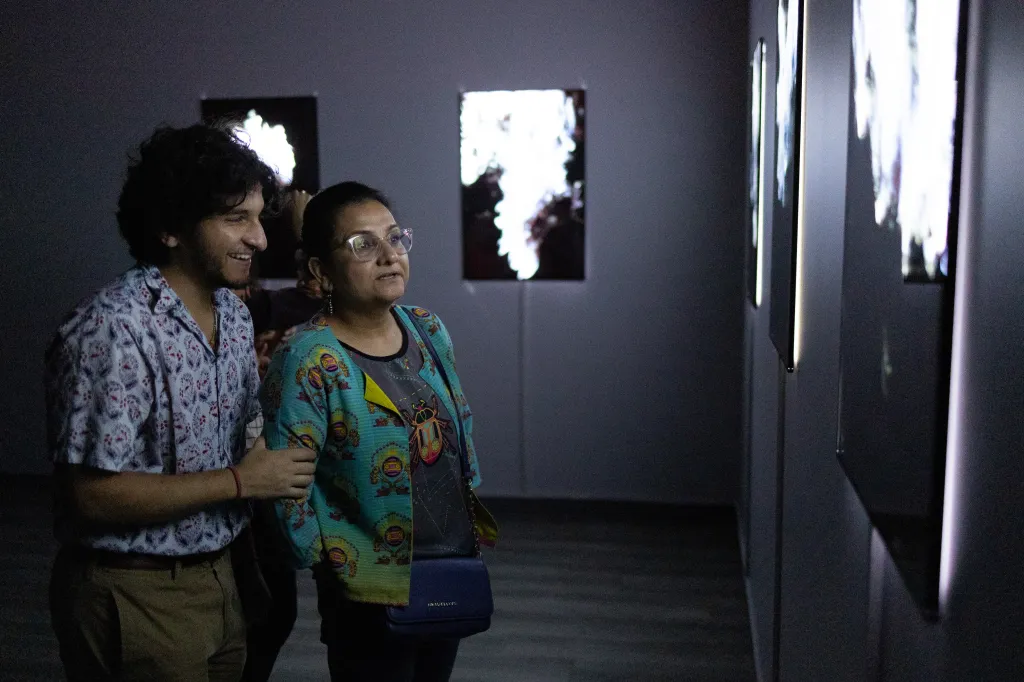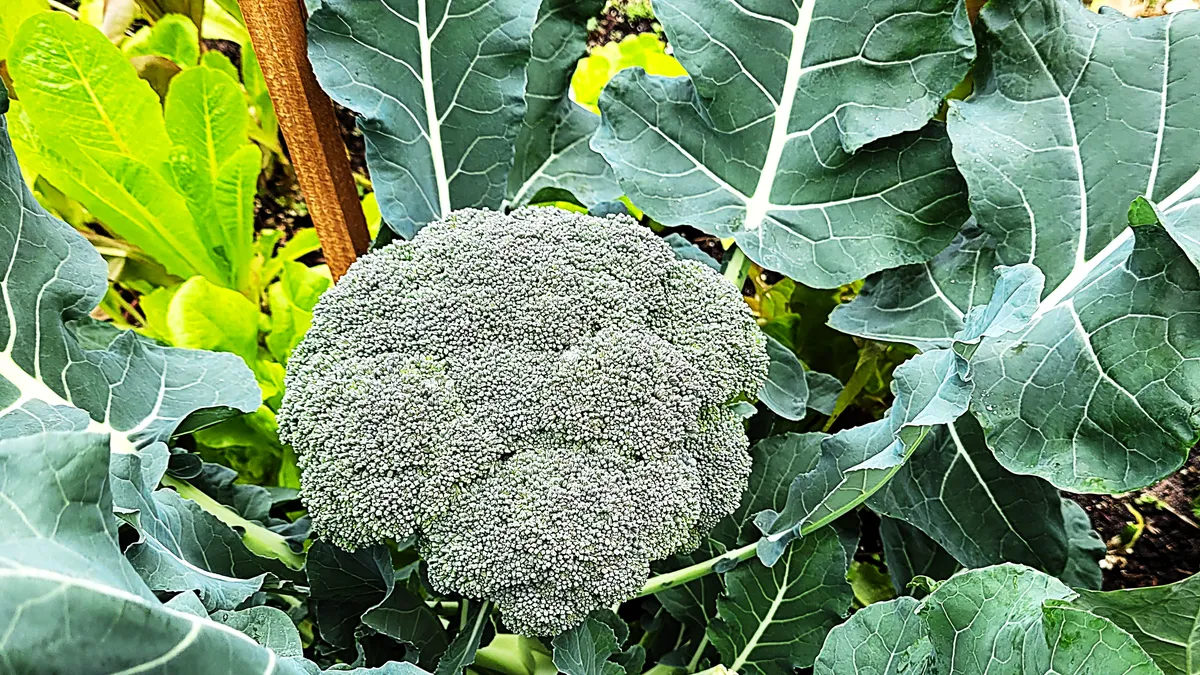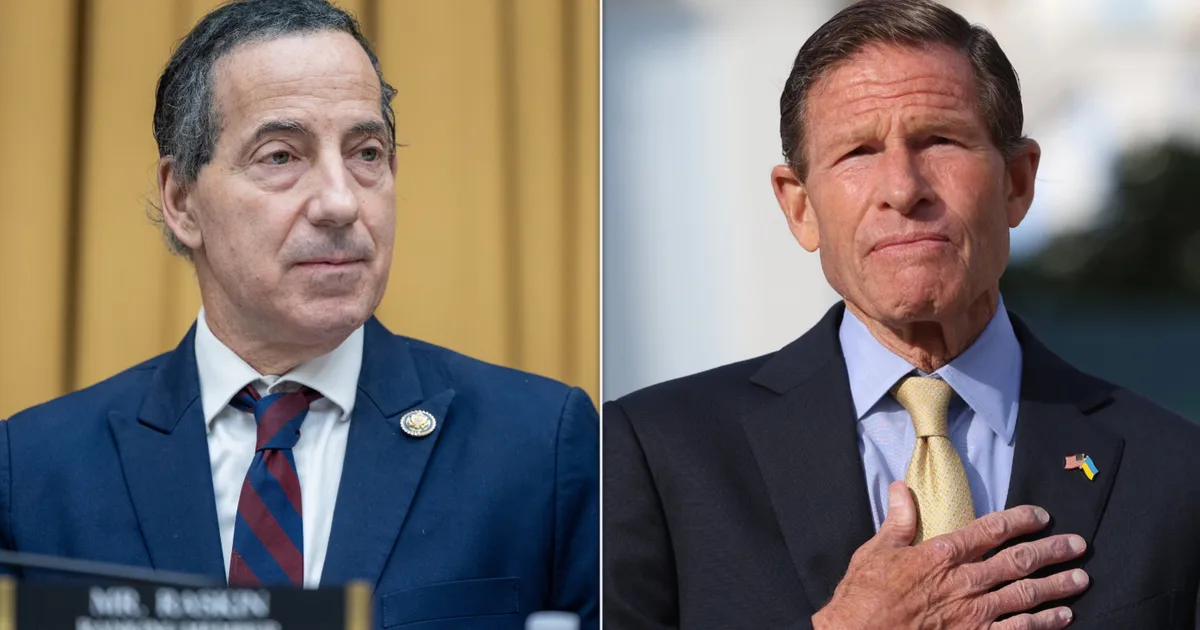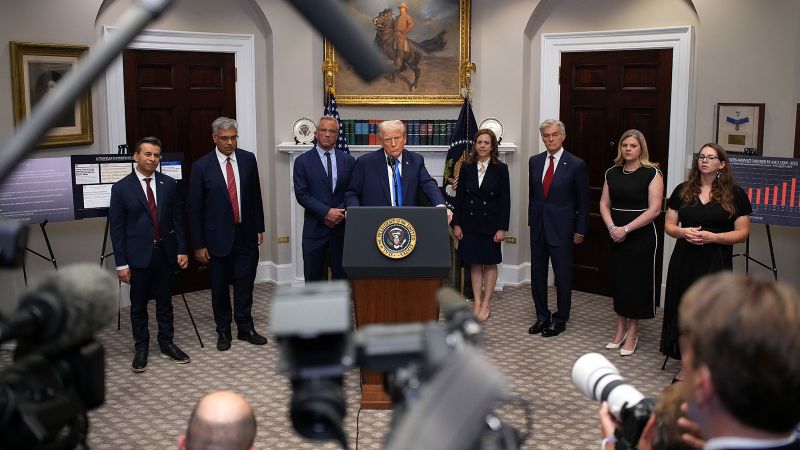
For Pakistani-American doctors Shireen and Afzal Ahmad, collecting South Asian art started as a hobby, a way to stay connected to their culture while adorning the walls of their Streeterville home.
They acquired their first work — an Ali Imam painting of a woman playing a sitar — on a trip to Karachi, Pakistan, in 1971. Since then, the couple has traveled to Nepal, India and Bangladesh, amassing around 1,000 works, Shireen Ahmad said.
“It was only when there were more works in storage than on our walls that we realized there was something bigger happening,” she said.
Ahmad said she and her husband had noticed that mainstream art museums rarely displayed works by South Asian artists. Rather than donating their collection, they wanted it to have a space of its own.
In 2015, the couple bought a three-story building on South Michigan Avenue that would eventually become home to the South Asia Institute, a museum and cultural space that opened in 2019. In 2021, the Ahmads retired from their careers in medicine to fully focus on the institute.
They chose the Near South Side location so that it would be close to other museums, “even though we are different from other museums in many, many, many ways,” Ahmad said.
She’s referring to the fact that in addition to exhibitions showcasing M.F. Husain’s galloping horses and Abdur Rahman Chughtai’s watercolors, the South Asia Institutes hosts other cultural events such as concerts featuring Qawwali, an energetic devotional style of music, and a South Asian interpretation of the Tony-award-winning musical “Next to Normal.” The museum also currently has three special exhibits — one that is focused on climate change, another that highlights South Asian feminist artists and a third that showcases historical posters and postage stamps from across South Asia.
“Common Sky”
Toronto-based artist Faisal Anwar’s exhibit, running until Dec. 13, attempts to show what climate change will look and feel like in the next 100 years.
When you step into the gallery, it’s dark and a hum that occasionally sounds like waves crashing against a shore fills the silence. On one wall, there’s a shifting projection of a massive tree that changes from red to green to orange. White specks that represent humidity particles move around the space.
The images represent the climate conditions and change based on the time and place in the world they represent. They jump between Lahore in Pakistan, Manaus in Brazil, and Chicago, and take viewers on a journey from the year 1930 to 3050.
Anwar, who grew up in Lahore, was inspired to create the work after attending a two-week residency in the Amazon rainforest in Brazil in 2019 that brought artists, scientists and indigenous people together to share ideas about the environment.
Anwar recalls at first feeling overwhelmed and vulnerable in the humid rainforest surrounded by millions of species. Eventually, the experience helped him understand the impacts of climate change more tangibly.
“After three days (in the Amazon), we were all very silent on what to do, how to survive in this environment,” Anwar told the Tribune. “But it was this epiphany moment of how there is this complex life around us and we as humans perhaps forget about it living in these concrete cities, disconnected from ecology.”
His goal with the exhibition is to help viewers see the impacts of climate change, the way he did in the Amazon.
“I hope people will realize that climate change is real and that we need to adapt when they look at this work,” Anwar said at the opening of the exhibition last week.
To create the work, Anwar created a program that would make the tree projected on the wall change color and shape based on past weather data such as air temperature, carbon and soil temperature. Looking at research papers, he created his own model to predict changing temperatures from the present day to 3050. Anwar explained that creating every inch and moving particle of the work involved coding and making artistic choices, just like he would when creating a physical painting.
The second half of Anwar’s exhibition focuses on the purple martin, a type of swallow whose migration patterns and reproduction are being disrupted as the planet warms. The birds typically reproduce in North America in the summer and migrate to South America for the winter. The birds originally used to build nests in hollowed out trees but began relying on human-made birdhouses, a practice that began when Native Americans made nests for them in hollowed out gourds.
“Nest ( ),” one of the works in Anwar’s exhibition, is a paper-mache sculpture of these gourds that glows an alarming red and lets out steam as temperatures rise to help viewers understand how Purple Martins experience global warming, especially when they are in nests made of materials like metal that heat up quickly.
“You can imagine being in a small compartment made of metal or even plastic in the worst heat wave that you might see somewhere in Texas. It’s extremely dangerous, causing the death of the nestlings, death of eggs or even adults,” Joe Siegrist, CEO of the Purple Martin Conservation Association, said at the opening of the exhibition.
Anwar hopes that his art will be effective in creating change. “Exhibits like these are able to actually convince the policymakers when the art and the science connect together, because then you see things differently,” Anwar said.
Another work by Anwar about purple martins will be projected onto Merchandise Mart as part of Art on the Mart until Nov. 30.
“Of Women, By Women”
Since February, the second floor of the museum has been home to an exhibition of South Asian female artists who’ve depicted women in various styles. The works are drawn from the Ahmads’ art collection.
The exhibition is centered around the thought-provoking question, “Why have there been no great women artists?” That question was posed by American art historian Linda Nochlin in 1971, getting at the fact that even though women are skilled artists, they are underrepresented in museums.
Sydney Barofsky, curator of collections and exhibitions manager for the South Asia Institute, views this exhibition as a corrective to larger museums like the Art Institute that Barofsky said are supposed to be expansive but still exclude many artists.
In assembling the exhibition, Barofsky chose works by Indian and Pakistani women that riff on traditional South Asian styles of art such as Warli, an Indian tribal art in which the artists mainly use brown and white colors and depict people as stick figures, and miniatures, a style of painting with Persian influences that was common between the 16th and 18th centuries, when the Mughal Empire ruled the Indian subcontinent.
Miniatures typically depict royals and use pastel shades. But the exhibition also includes modern and abstract pieces created with masking tape and images cut out of magazines. Despite the diverse styles, Barofsky said she was struck by how the artists portrayed other women as a way to express their own experiences with womanhood.
“I noticed this trend of women depicting other women that I thought was really interesting from the perspective of a gaze or a self-referential,” Barofsky said, “It’s like a mirror you can turn onto society to see what comes back as well.”
The works, on display through December, cover different themes. “Untitled” by Farwa Naqvi, which depicts a nude pregnant woman emerging from a large lotus surrounded by waves and two small winged angels, is reminiscent of Botticelli’s “The Birth of Venus,” except in the style of a South Asian miniature.
“I was thinking about lotuses as a symbol of beauty and ideas like, ‘How many times do we see pregnant women in art? And do you think of them as beautiful,’” Barofsky said. Naqvi was pregnant when she created the work several years ago.
Another work in the exhibition, “A Windy Afternoon” by 32-year-old artist Haya Zaidi, juxtaposes images of women’s eyes, a bare leg, a pressure cooker and a bright blue sari cut out from magazines, to create a surreal image of a woman dancing over what looks like barbed wire while holding a pressure cooker against a glittery background.
“She’s dancing, but she also might be ready to hit you with the pressure cooker,” Barofsky said, “I think she’s playing off of traditional expectations of domesticity.”
“Messages & Mediums”
A third exhibit explores the portrayal of South Asian themes across everyday objects such as movie and tourism posters, postage stamps and calendars. According to the museum, the Pakistani postage stamps, for example, depict those who have made important contributions to the modern-day visual arts of the country and the stamps exemplify the movement of art and ideas around vast expanses of space and time.
Shireen Ahmad said she’s glad the Institute is able to showcase different works that add nuance to people’s monolithic ideas of South Asians.
“As first-generation immigrants, this is a legacy we want to leave to the city and to our community,” Ahmad said.



